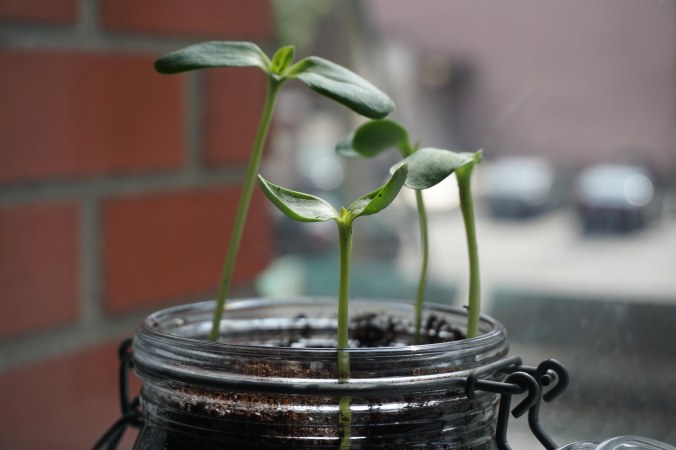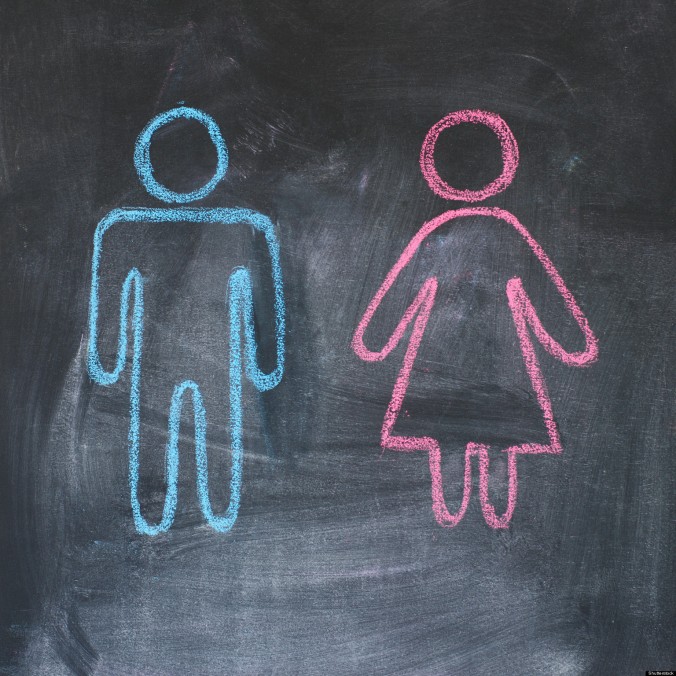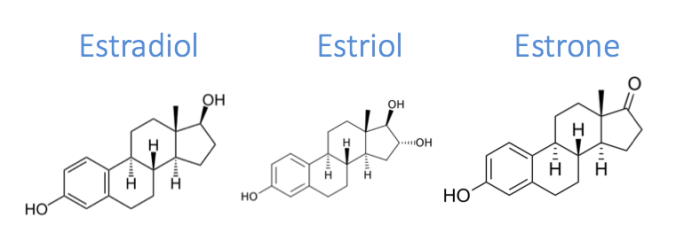It’s been a while. Here are the coolest science things that happened in the last 7 months:
November 12, 2014 / the Philae lander
10 years and 6.4 billion kilometres after it was first launched, the Rosetta spaceship reaches its hyperbolic trajectory with the comet 67P/Churyumov-Gerasimenko. Rosetta then Russian-doll launches a smaller landing ship called the Philae lander across the remaining 22 kilometre gap. The lander alights upon the speeding comet, both travelling 15 kilometres per second. The robot expends its primary batteries in 57 hours, motoring around the comet at 1.1mph and beaming back nuanced information on the surface composition of comets. As the sun sets on where Philae has landed, the lander falls asleep, another lifeless hunk of carbon 673 million kilometres from the sun
UPDATE: Philae has re-awakened! The comet’s trajectory has brought it closer to the sun, and solar energy has begun trickling through Philae’s panels and into its batteries. It will soon begin drilling into the surface of the comet and sending back information about the comet’s innards.
December 26, 2015 / Big (DNA) Banking
Some Stalin-grad students at Moscow State University secure funding to create a ‘genetic Noah’s Ark‘: a databank of DNA from every plant and animal on Earth. Except, ostensibly, the gay plants and animals.
January 29, 2015 / the ahuizotl gene
2015 is the UN-declared ‘International Year of Soils’! If ‘Year of Soils’ doesn’t get your crank a-turning, just think about the fact that fruit fly lifespans can now be extended by 60% by activating certain genes that destroy unhealthy cells.
What would you do with another 48 years? I’d try to finally make it to In-and-Out Burger
February 9, 2015 / bionic foliage
The world’s first bionic leaf comes to life. This biochemical hijack allows researchers to efficiently convert solar energy into isopropanol, a potent biofuel. Isopropanol has about the energy density of ethanol (~20 megajoules/litre), but historically has been too cost-intensive to produce.
March 2, 2015 / what does light look like?
For the first time ever, quantum mechanics is photographed. Light is captured as a simultaneous wave and particle, and that’s what light looks like ^
April 10, 2015 / CERN + Large Hadron Collider (LHC)
The Large Hadron Collider, a giant quantum bicycle tube buried in north-east Europe, comes back online after a two-year hiatus. Back in 2012, the collider showed us a boson that looked exactly like the predicted Higgs-boson. It’s postulated that new higher energy runs will start to show us more and more new particles.
May 18, 2015 / old blind mice
UC Irvine neurobiologist Sunil Gandhi restores the vision of old, blind mice by implanting embryonic tissue into their visual cortexes. The implanted neurons spur a complete rewiring of the visual cortex by inducing a state of neuroplasticity that is normally only present in young, developing mouse brains. I have one eye, and I can’t WAIT to see what they’ll come up with next.
Stay tuned.












